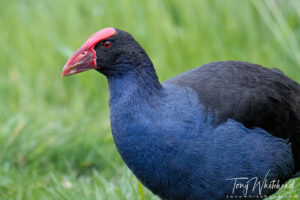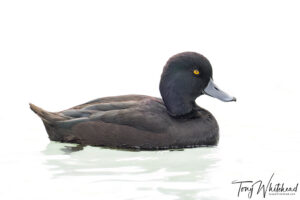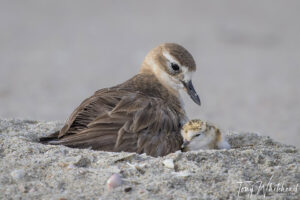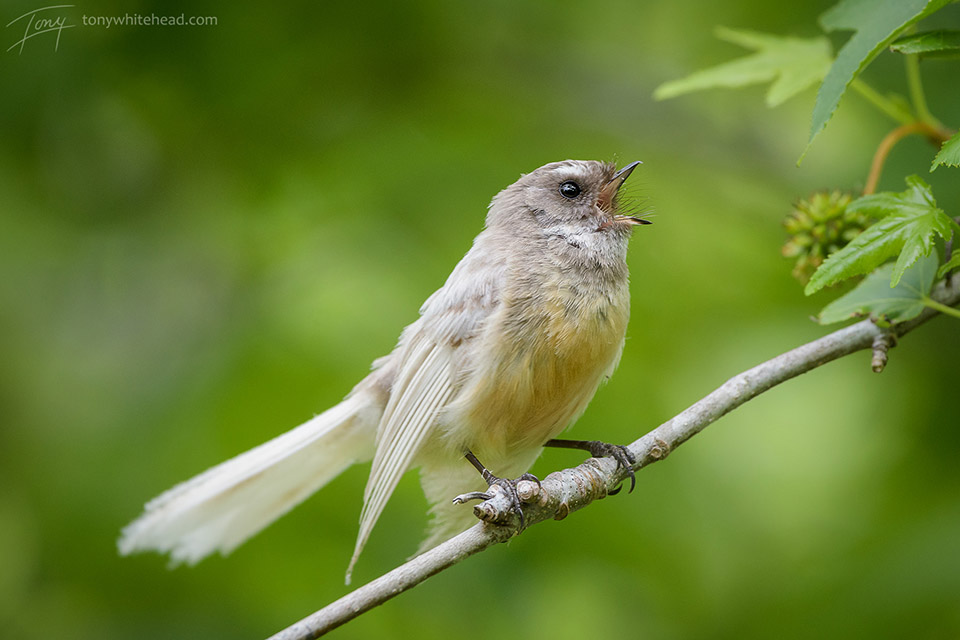
Leucistic birds are something most birders or simply observant humans will have seen. Most people are familiar with albinism and may often call leucistic birds albinos. While they are related conditions this is not entirely biologically accurate. Both conditions are the result of a problem with melanin production. Melanin is the brown pigment that we have to provide protection from ultraviolet damage to our DNA and increases in people with pale skin when exposed to sun. Melanocytes within our skin are stimulated to make more melanin which is packaged in melanosomes which travel down the dendrites of the melanocytes and help cover the nuclei of the keratinocytes to shield their DNA from ultraviolet damage. This same pigment is what birds use to create brown/black plumage colouration so normal melanin metabolism is required for normal brown/black plumage colours. I have recently been lucky to photograph some leucistic birds so thought this an interesting topic for a blog post.
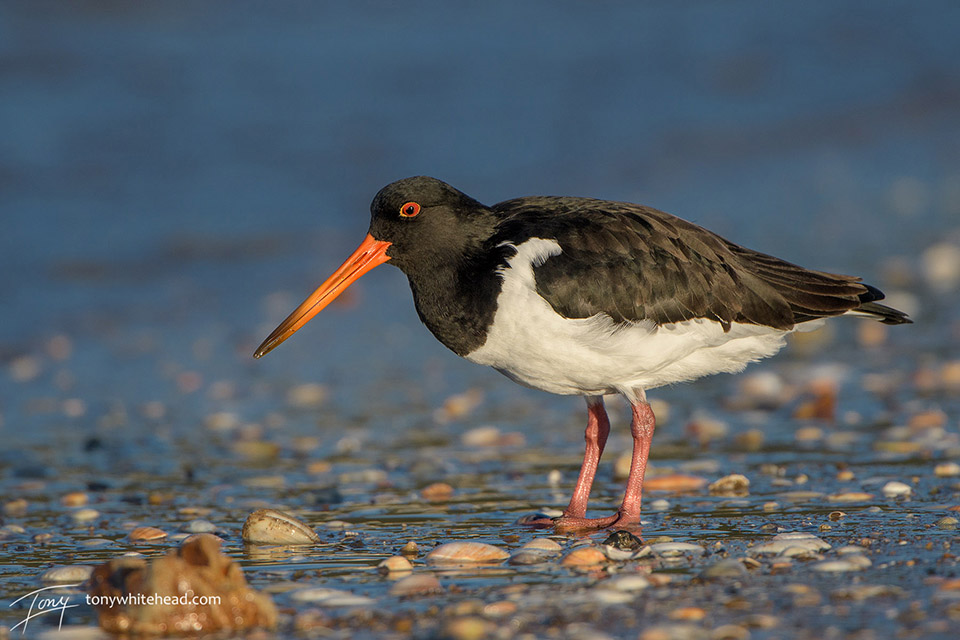
Albinism is the complete lack of melanin production and results in a completely white bird with pale legs and bill and pink eyes. The pink eyes are the result of no melanin in the retina and iris and this compromises vision so in the wild albino birds seldom survive. Leucism is a less complete disturbance of melanin production and may only affect certain feathers or feather tracts so that the bird may have some brown/black feathers and some white. It may also result in feathers that are normally dark having a more buff appearance due to incomplete, but not absent, melanin deposition. There are normally two types of melanin. Dark grey eumelanin and a warm buff coloured phaeomelanin. Birds normally produce a mixture of the two so a failure of one or other can lead to variable pale features. Other plumage colours are achieved through other mechanisms with the iridescent blue/green of birds like kingfishers and starlings being due to light diffraction by the feather structure. Yellow/orange/reds are due to carotenoid pigments so that a leucistic bird that has some yellow/orange/red would lose the brown/black colour but retain the bright warm colours.
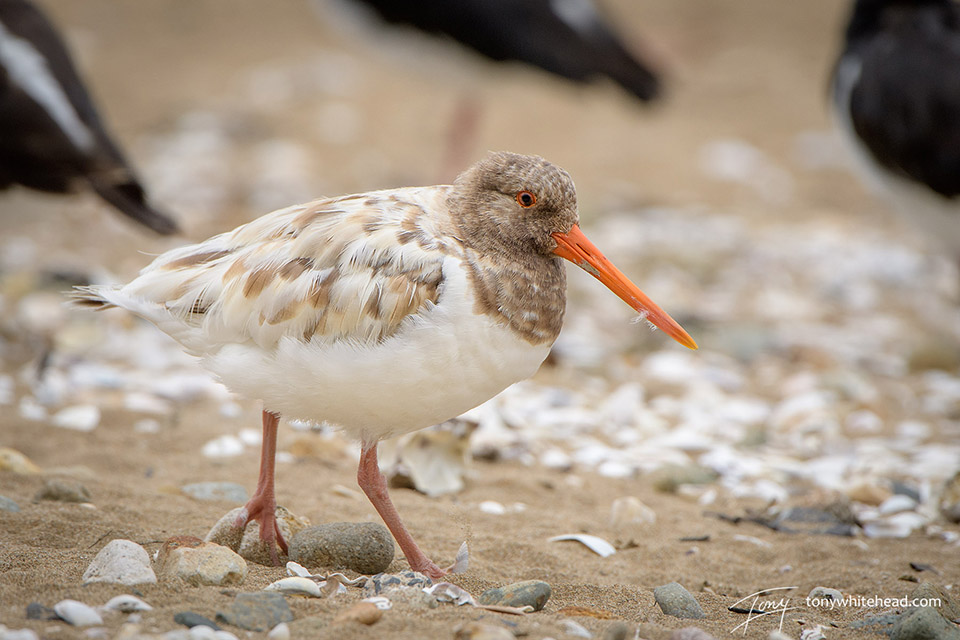
Leucism has some significant risks for the affected bird. They can lose their natural camouflage to be more susceptible to predation. They may not be recognised as a potential mate by their species so lose breeding opportunities. Leucistic birds often show marked signs of plumage wear compared to normally coloured individuals and this adds a physiological load by compromising thermoregulation and flight, potentially increasing energy requirements and thus a stress of increased foraging to avoid negative energy balance.
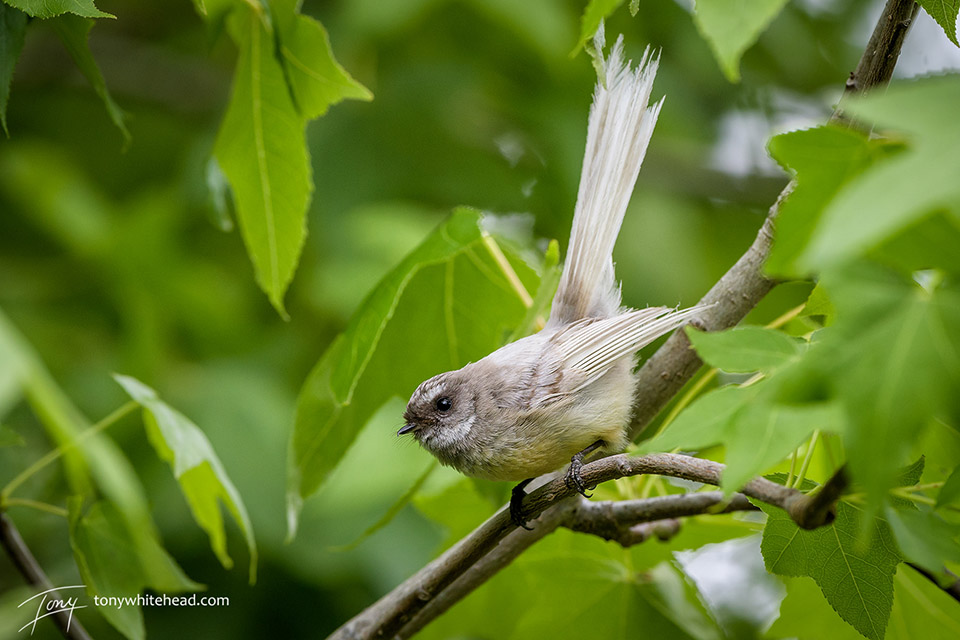
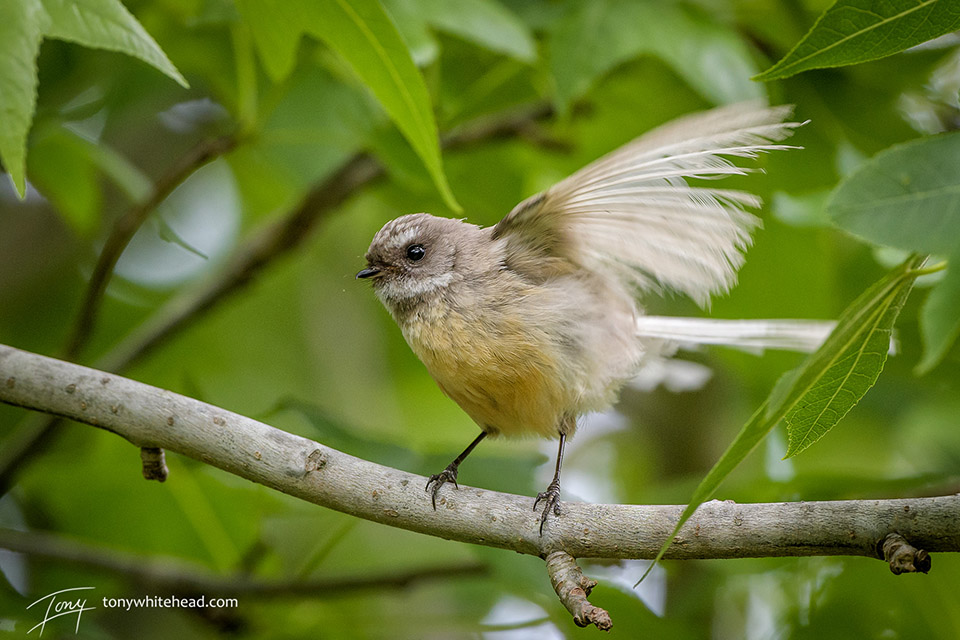
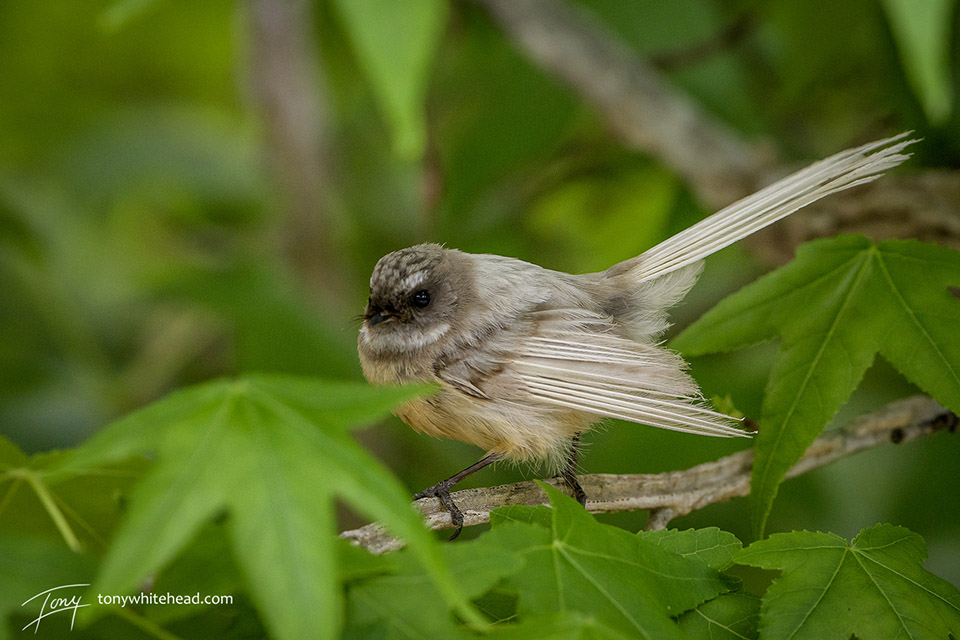
Melanin is a significant factor in the strength of plumage. Gloger’s rule is an ecogeographical rule that states more heavily pigmented forms of a species tend occur in more humid (lower latitude) environments. An explanation of this is that the increased melanin makes the plumage tougher and more resistance to the increased load of feather degrading bacteria and parasites that flourish in the warmer, more humid environment. This darkening of individuals within a species can be clearly seen in the Pacific Black Duck which in New Zealand is significantly paler (to the point of being known as a Grey Duck). It is also obvious in the White-faced Heron which is a deeper darker grey in Queensland than New Zealand.
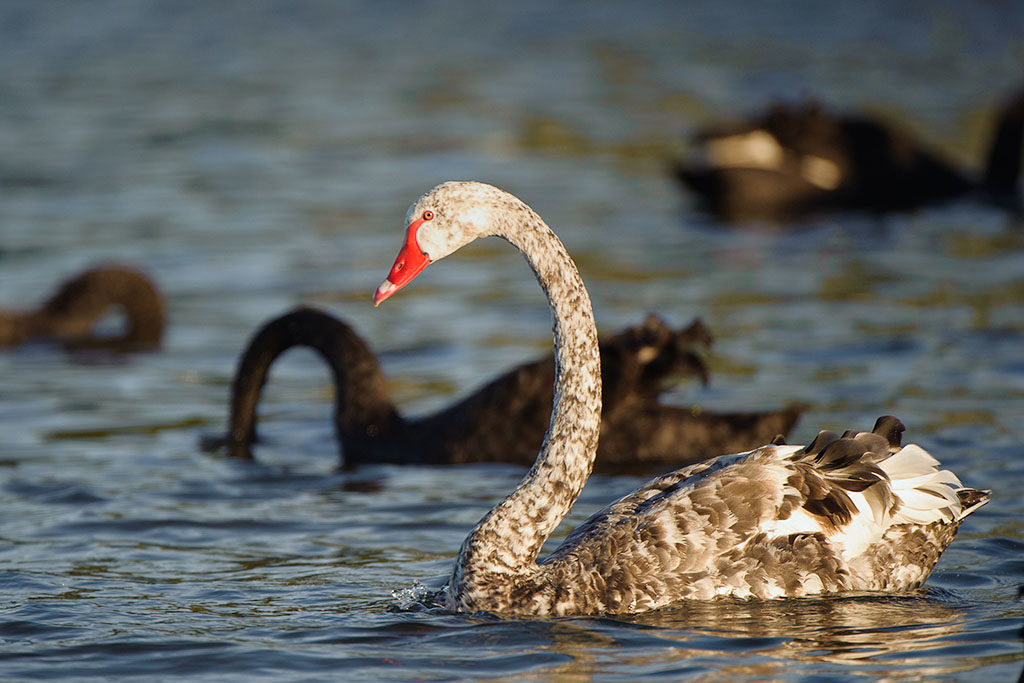
In an unrelated but equally interesting sense, humans that evolved in warmer more equatorial environments have darker skin to shield from the increased ultraviolet at those latitudes. As we migrated out of Africa we became paler, not because we didn’t need protection from ultraviolet but because we needed some ultraviolet to enter our skin to synthesise Vitamin D which is crucial to bone health. Lack of Vitamin D provides an evolutionary selective pressure as females growing up deficient are susceptible to pelvic abnormalities that impact on successful childbirth and survival so over time humans in high latitudes became paler. With populations having now spread out all over the world those with northern European heritage and pale skins that have moved to sunnier countries are at significant risk of developing ultraviolet induced skin cancers. New Zealand and Australia have the highest melanoma incidence in the world. I encounter this daily with my work in skin cancer with patients almost exclusively being of European descent. This skin cancer risk however applies little evolutionary pressure as humans successfully breed prior to developing skin cancer so will not become darker over time. The corollary is that dark skinned individuals that have migrated to northern countries are at significant risk of Vitamin D deficiency and often need to take supplements. Interesting non-bird and non-photography (although light related) fact for the day.
Photos with Nikon D500, D700 (leucistic Black Swan) and Nikon 500mm f4VR lens (leucistic Oystercatcher + TC14EII teleconverter).
